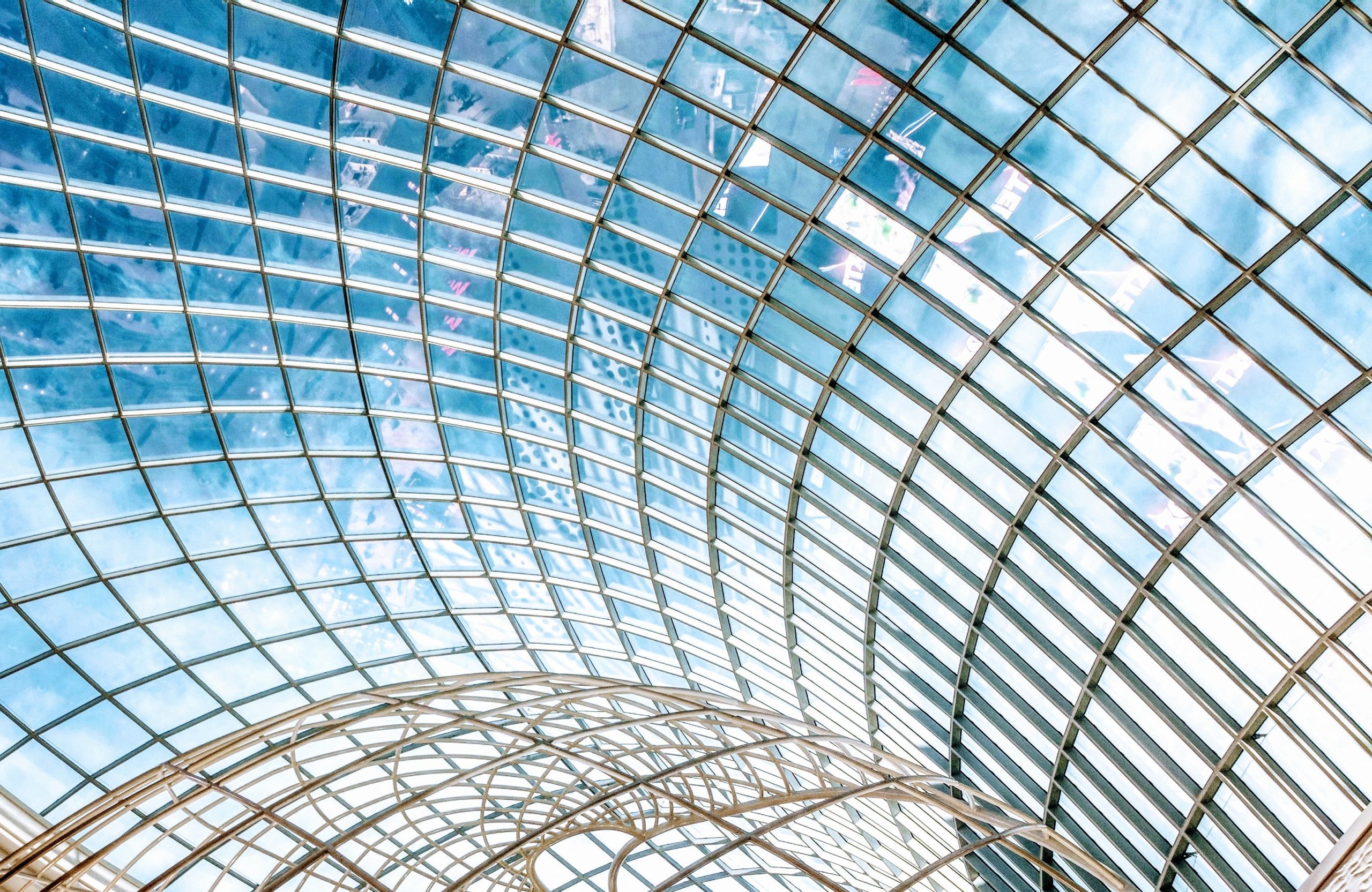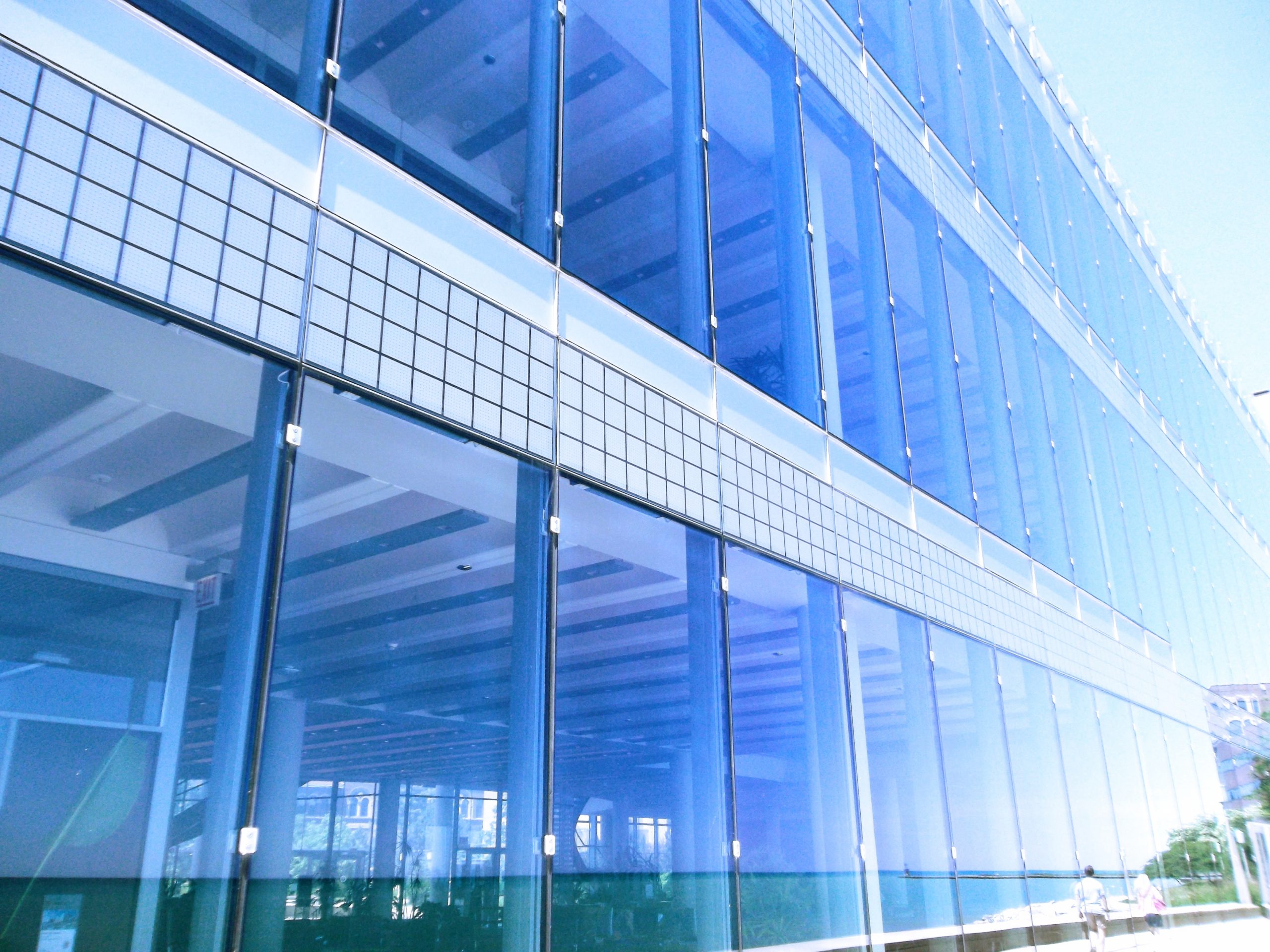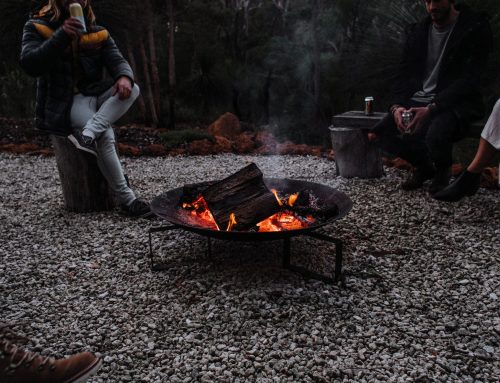Glass is the most essential material for a bioclimaticist to work with. For one thing, it has the unique property of being transparent to solar energy in the form of visible light while being opaque to solar energy in the form of thermal infrared radiation. As a result, it serves as the focal point of our solar heat recovery strategy: we allow the light to pass through, it ends up stumbling against an opaque material, the light energy is then transformed into thermal energy by heating the opaque material, and the material by diffusing this energy in the form of infrared is transformed into a heat emitter.
The Usages
They collide with the glass, which absorbs them and warms them to a high temperature before re-emitting them in all directions: outwardly, of course, but also inwardly, as seen in the diagram. This is how we may collect a portion of the heat that is generated within the room. The warmer the space, the more heat will be lost to the outside; nevertheless, as long as light energy is allowed to enter, the interior of the room will continue to heat up, regardless of how cold the outside environment is. Because of this, the phenomenon is referred to as the greenhouse effect. Choosing the building material Malaysia is perfect there.

Heat is transferred
Caloric energy may be moved in three distinct ways, all of which occur at the same time. Conduction, convection, and radiation are the three types of heat transfer.
Conduction
The heat is transferred in a step-by-step manner between the bodies that are directly in touch. It may be seen within a single body, but it can also be detected when two bodies of different temperatures are in close proximity to one another. This kind of exchange happens exclusively in solid things and not in liquids.
The table on which a hot saucepan is put is warmed by the heat of the saucepan. When a solid meal is placed in a pan, it will also absorb heat via conduction, which occurs between the contacting surfaces of the pan.
Convection
Heat is transferred via a fluid’s mixing as it moves through it. Movement between hot zones, which grow less dense and thus rise, and cold zones, which stay at or near the bottom of a liquid or gas is produced by chance in both. The circulation caused by convection may be reversed if the fluid is hotter than the container in which it is contained. If the air within a room is hotter than the walls, then it is the air that will cool when it comes into touch with the wall surfaces. In this scenario, the air gets heavier as it loses heat and travels down the chamber, resulting in a heavier atmosphere.
Radiation
Anybody that is not at absolute zero emits electromagnetic radiation, and this includes the sun. These are classified according to their wavelength: cosmic radiation, gamma radiation, X-rays, ultraviolet radiation, visible light, infrared radiation, microwave radiation, radio waves, and so on. All of these radiations are of the same type and contain the same amount of energy, but only infrared and microwave radiations are referred to be “thermal” because they cause the human body to experience heat when they are exposed to them. A solid body absorbs the energy carried by radiation because radiation travels in all directions in a straight line, and the energy carried by radiation is transferred to the solid body when it comes into contact with it.





Leave A Comment